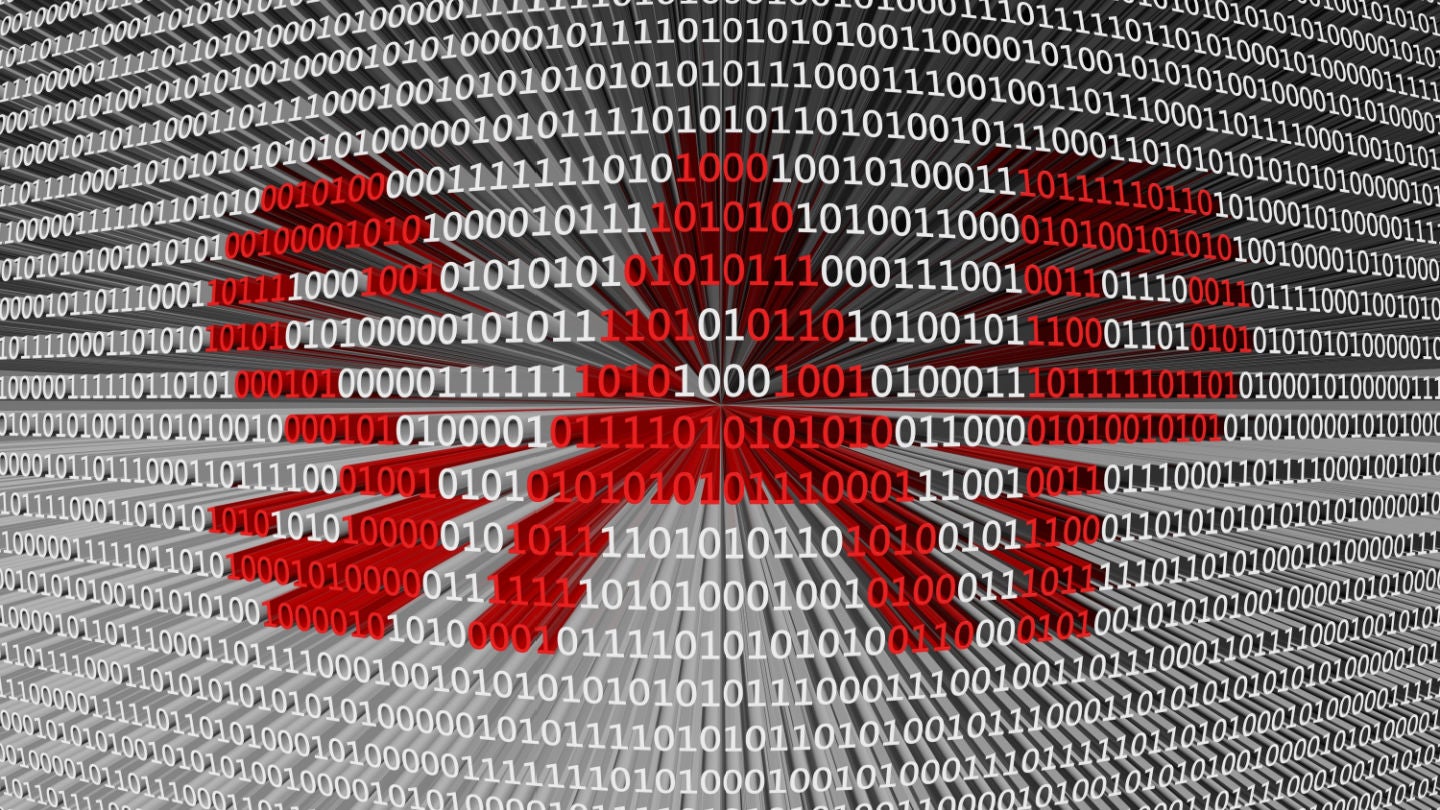SAP has come to market with a new data fabric offering that seeks to mitigate the cost and time of managing data sprawl.
SAP Datasphere is a cloud service that offers something new for SAP customers: the ability to integrate data from non-SAP applications, recognizing the new landscape of increasingly heterogenous environments.
From financial accounting and planning to supply chain disruption, data is crucial to the economy because it is linked to so many critical business functions. However, countless firms waste an inordinate amount of time, money, and talent managing ever-growing amounts of disparate data. Employees must manually integrate their solutions using expensive tools that pile further complexity onto the data landscape. And the hybrid, multi-cloud architectures currently taking hold in the enterprise are certainly not simplifying things.
Companies are increasingly resorting to data management solutions
Analysis by GlobalData reveals that companies are increasingly resorting to data management solutions, specifically data fabrics, to create a single environment that integrates data from all sources across the organization. Data fabrics are connected data planes providing users with consistent capabilities to access and manage data across endpoints in hybrid environments. Data planes enable data transfer from one point to another in the network.
Several software companies are competing in the market of data fabric solutions: Tibco’s Connected Intelligence Platform, Qlik’s Active Intelligence Platform, HPE’s Ezmeral Data Fabric, and many others. Qlik recently acquired leading platform Talend to augment its data fabric capabilities.
SAP is the latest to come to market with a new suite and recently unveiled Datasphere, that leverages a business data fabric architecture to help organizations harmonize all their data, whether it is run on SAP applications or on other, non-SAP ‘external’ applications.
How well do you really know your competitors?
Access the most comprehensive Company Profiles on the market, powered by GlobalData. Save hours of research. Gain competitive edge.

Thank you!
Your download email will arrive shortly
Not ready to buy yet? Download a free sample
We are confident about the unique quality of our Company Profiles. However, we want you to make the most beneficial decision for your business, so we offer a free sample that you can download by submitting the below form
By GlobalDataSap claims one data plane
SAP claims that Datasphere can pull in all data from any repository across the customer environment: data lakes, data warehouses, lake houses, and data governance platforms, onto a single plane. According to the company, the new offering acts as a hub facilitating instant contextual use of information to empower users to access business-ready data, minimising time to value (the time lag between the extraction of raw data and its successful application to generate insights that translate into business value).
The ERP giant has surrounded itself with a bunch of interesting partners in its go-to-market strategy: Databricks, DataRobot, Collibra and Confluent. Databricks has gathered a lot of momentum in the market of unified data planes, as the creator of the Lakehouse platform.
Goodbye to silos
GlobalData research explains the possibilities of this technology to minimise data silos, combining traditional structured data with unstructured data in a solution that automates building and maintaining pipelines and running extract, transform, and load (ETL) workloads directly on a data lake.
Meanwhile, DataRobot provides end to end capabilities for ML experimentation, and Confluent makes it easy to connect and process real time data streams, with Collibra adding the all-important governance and privacy layers.
SAP – inside and out
This announcement marks a kind of milestone for several reasons. SAP has packaged Datasphere as part of a solution that leans on partnerships to go the extra mile. The software giant is recognising the need to create a further data ecosystem with smaller players, to help customers manage their increasingly heterogenous environments. Governance of data is paramount and the new alliances and corresponding capabilities will be doing a lot of the heavy lifting here.
In the past, SAP has been adept in semantic data modelling, cataloguing, and security, but lagged in administration and end-to-end integration, a limitation that the new capabilities will help mitigate. This offering gives SAP customers features to support a variety of data, including unstructured data, for ML model use cases, and to align SAP data with the massive stores of external data sources outside SAP, to maximize the promise of AI-driven insights.









Related Company Profiles
SAP SE
Confluent Inc
Databricks Inc
DataRobot Inc
Collibra Inc